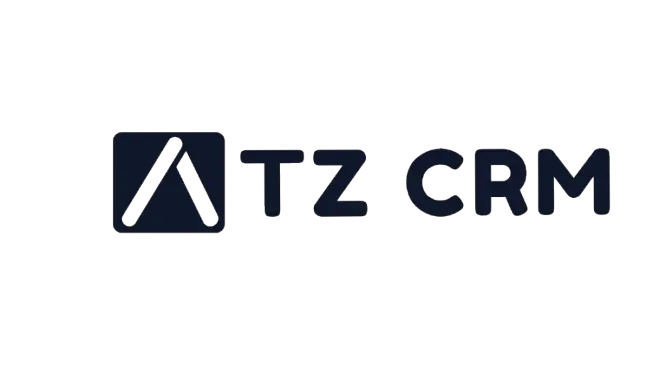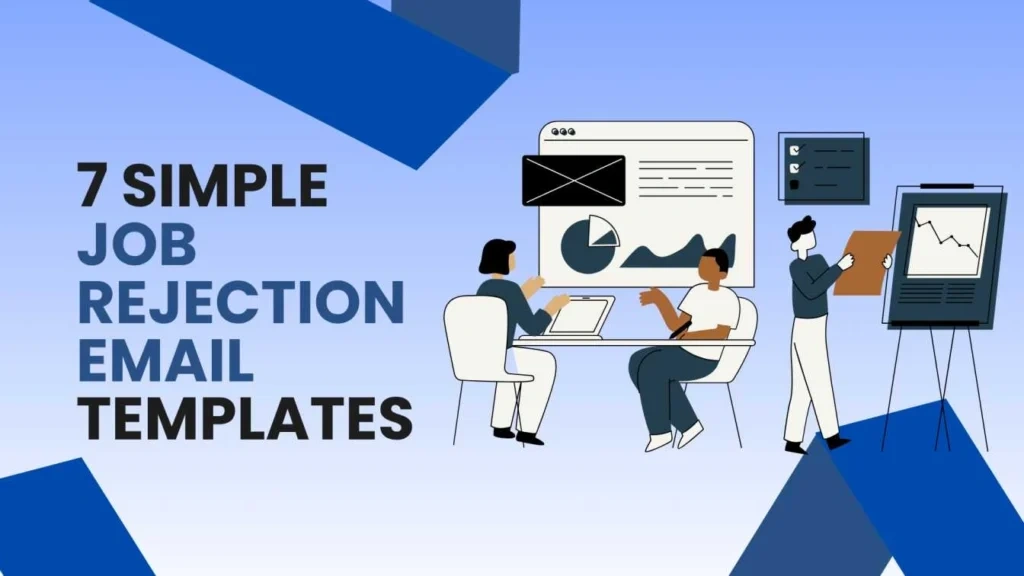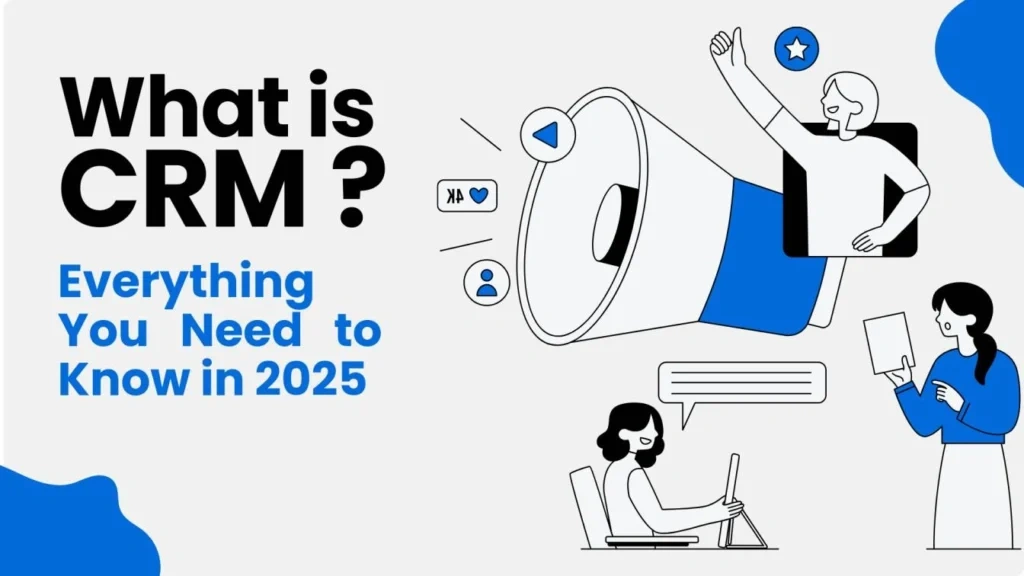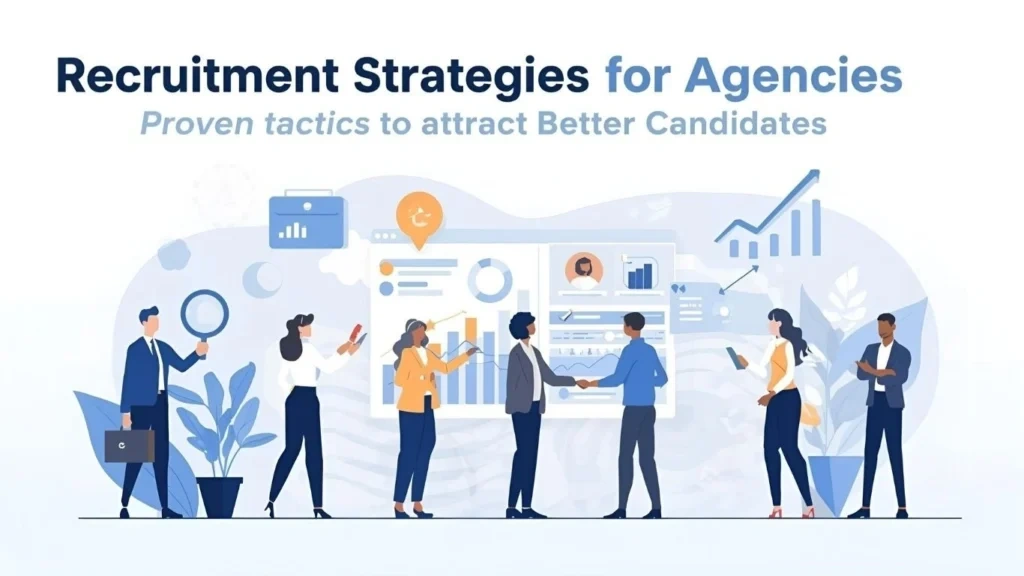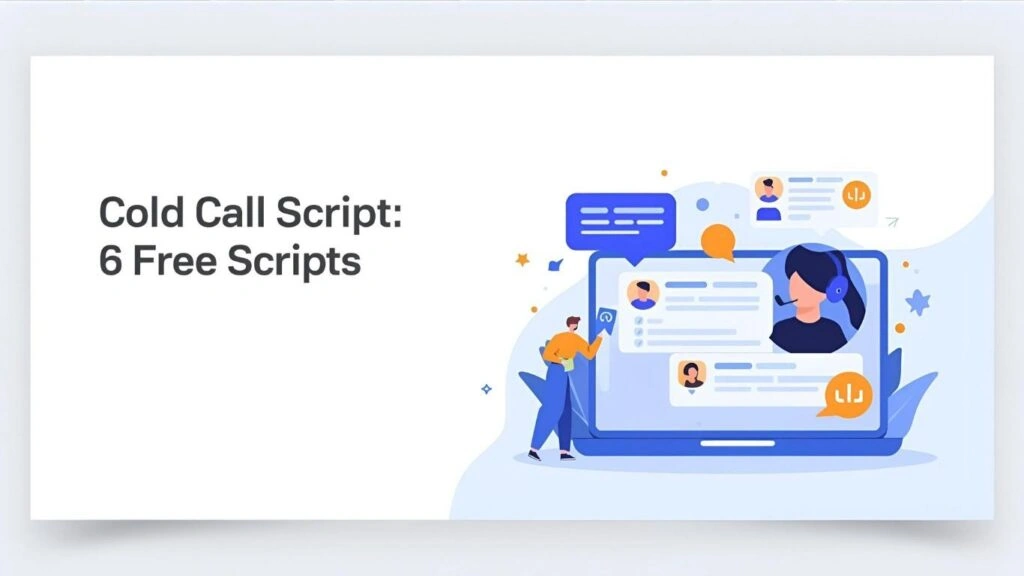· Recruitment · 6 min read
AI in Recruitment: Your Complete Guide to Candidate Matching
Transform your hiring by connecting with top talent effortlessly—discover how smart algorithms and human insight come together to match candidates you’ll love.
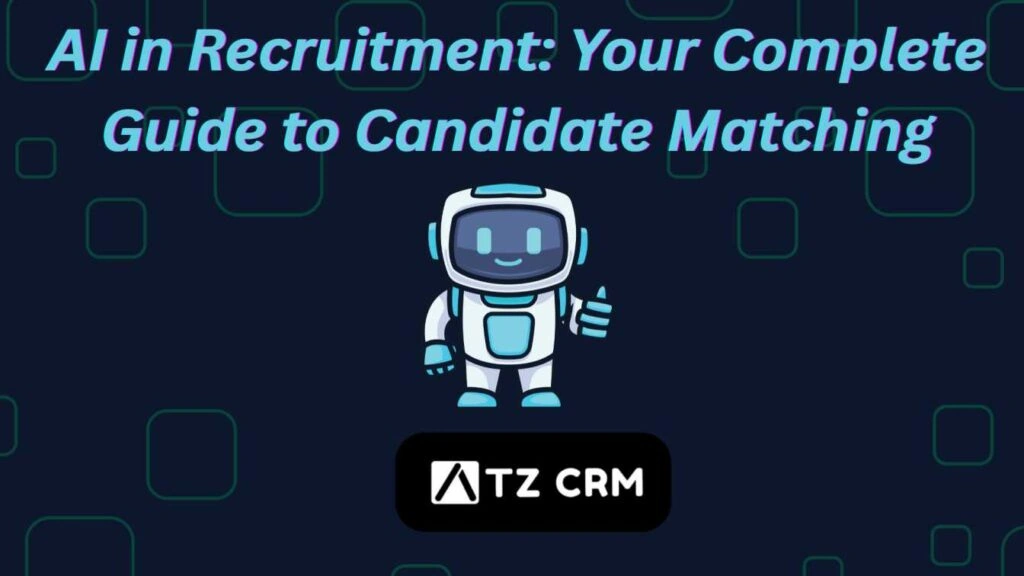
Introduction
The recruitment industry is undergoing a massive transformation. Traditional hiring methods that depend heavily on human judgment, resumes, and interviews are quickly being replaced by AI-driven recruitment solutions. One of the most impactful applications of AI is candidate matching, where artificial intelligence evaluates a candidate’s suitability for a role based on data, skills, behavior, and more.
This comprehensive guide explores everything you need to know about AI and candidate matching, including how it works, its advantages, challenges, tools like ATZ CRM, and how to implement it effectively in your organization.
Related Blog: Steal These Free Recruiting Email Templates That Get Responses
Understanding Candidate Matching
Candidate matching refers to the process of aligning a candidate’s qualifications, skills, experiences, and preferences with a specific job’s requirements. The goal is to ensure the right fit between employer expectations and candidate potential.
Traditionally, this process involved manual resume reviews, phone screens, and intuition. However, these approaches often lead to human error, unconscious bias, and inefficient recruitment cycles.
Why Accurate Candidate Matching Matters
Reduces hiring time and effort
Increases employee retention
Enhances workplace culture fit
Improves long-term productivity
Ensures a smoother onboarding experience
Candidate matching, when done right, prevents mis-hires and supports both candidate and organizational success.
Related Blog: The Ultimate Recruit CRM Showdown: Best ATS Ranked
The Role of AI in Candidate Matching
Artificial intelligence has introduced powerful capabilities into the recruitment landscape, enabling faster and more accurate decision-making.
How AI Works in Recruitment
AI-driven systems use machine learning algorithms, data analysis, and natural language processing (NLP) to:
Analyze resumes and profiles at scale
Understand job descriptions contextually
Score and rank candidates automatically
Predict future performance and fit
Rather than simply matching keywords, AI considers multiple dimensions such as intent, context, and patterns from historical hiring success.
Related Blog: Discover 10 Free Most Powerful ATS for Small Businesses
Benefits of AI-Powered Candidate Matching
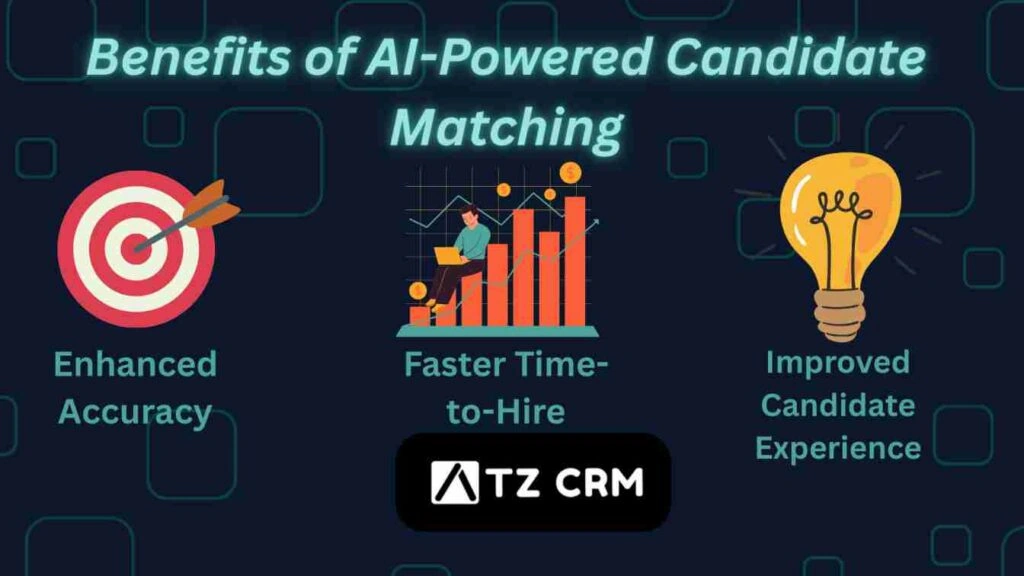
1. Enhanced Accuracy in Shortlisting
AI evaluates resumes, cover letters, LinkedIn profiles, and application forms based on relevance to the job, ensuring better-quality candidate pools.
2. Faster Time-to-Hire
Recruiters spend less time manually reviewing resumes and more time engaging with high-potential candidates. AI can minimize hiring cycles from weeks to days.
3. Fair and Objective Selection
AI minimizes personal biases by focusing solely on data-backed indicators of potential and performance. This ensures a fairer recruitment process, especially in diverse hiring.
4. Improved Candidate Experience
With AI-based recommendations, job seekers are matched to roles that better suit their skills and career goals. This leads to fewer rejections and more meaningful job matches.
5. Data-Driven Decisions
AI tools offer real-time insights and dashboards for hiring teams, allowing them to refine job criteria, track metrics, and optimize hiring strategies.
Related Blog: The Best Temporary Staffing Software Free Tools for Startups
How ATZ CRM Uses AI for Smarter Candidate Matching
ATZ CRM is a recruitment solution that brings the power of artificial intelligence to staffing agencies and hiring teams, streamlining the entire recruitment workflow.
- ATZ CRM uses an AI-powered candidate matching engine to find the most relevant candidates in seconds.
- It gathers data from candidate profiles, resumes, job descriptions, and related fields for accurate matching.
- Uploading detailed resumes and job descriptions is highly recommended for best results.
- The system uses advanced language models (including ChatGPT and open-source tools) to understand context and extract meaningful insights.
- Candidate and job data is converted into embeddings—numerical representations that capture relevance and intent, not just keywords.
- These embeddings are stored securely and compared using similarity algorithms to identify top-fit candidates.
The entire process is driven by Natural Language Processing (NLP) and is continually refined for improved accuracy.
Related Blog: Understanding the Importance of Recruitment in Building a Strong Workforce
Real-Life Applications of AI in Candidate Matching
1. Candidate to Candidate Matching
Step #1: Open any candidates in ATZ CRM
- Always ensure the candidate’s resume is uploaded (required).
- Fill in all relevant text fields (optional, but recommended).
- The more data ATZ CRM has, the more accurate the candidate matching will be.
- In this example, we’ll view similar candidates matched for a candidate named Ignas Polka.
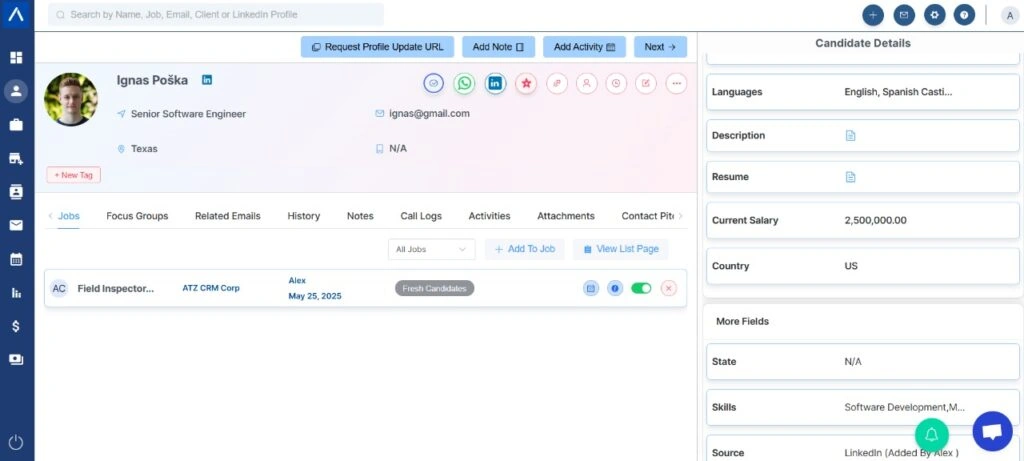
Step #2: Find the best matching candidates
- You can find the top 50 matching candidates with just one click.
- To do this, click the star icon located at the top center of the screen.
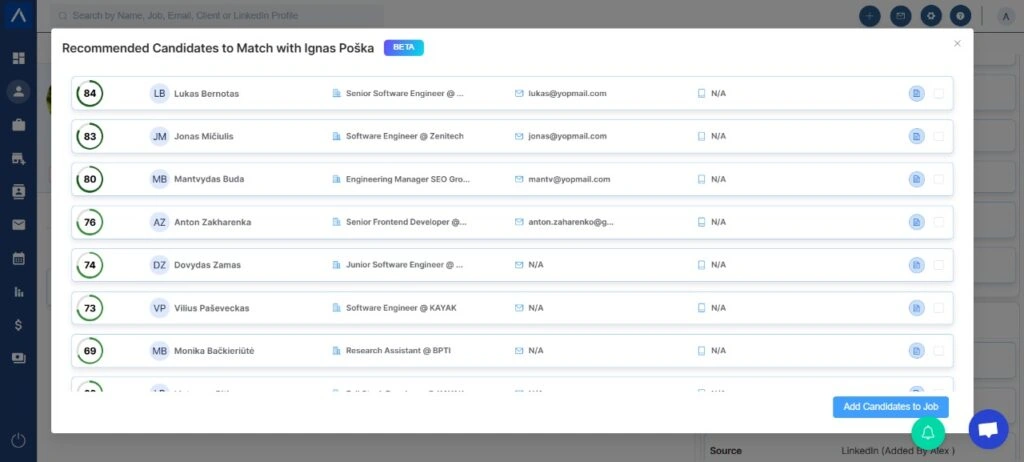
Step #3: Add candidates to Jobs
- You can bulk select certain candidates, and you can assign them to multiple jobs with just a few click
2. Job to Candidate Matching
Step #1: Add candidates to Jobs
Always ensure the job description is uploaded (required).
Fill in all relevant text fields (optional, but recommended).
The more data ATZ CRM has, the more accurately it can match candidates to jobs.
In this example, we’ll view similar candidates matched for a job titled Content Writer.
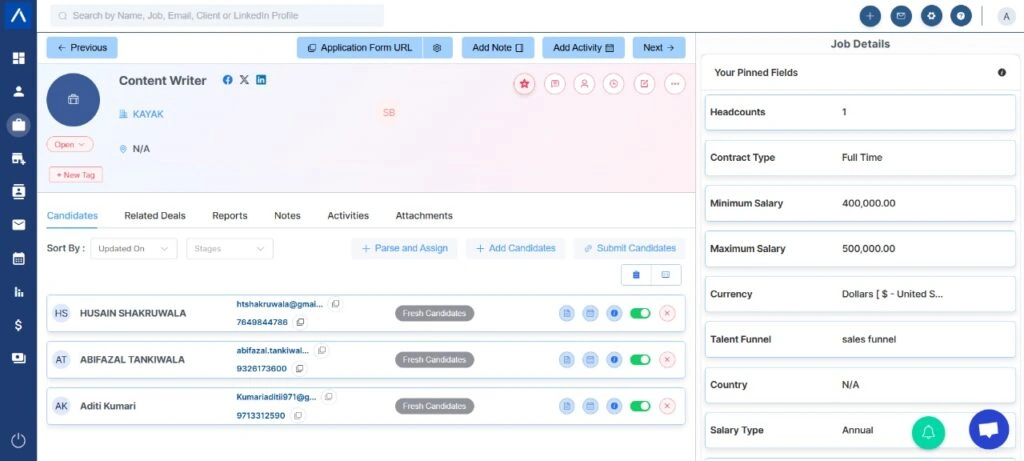
Step #2: Find the best-matching candidates
Find the top 50 matching candidates with just one click.
Click the star icon at the top center of the screen to view the best matches.
You can also view and rank matching candidates from those already assigned to jobs.

Related Blog: What Is Candidate Experience? Everything You Need to Know
Challenges in AI-Based Candidate Matching
1. Data Privacy and Compliance
Recruitment tools handle sensitive personal data. Organizations must ensure that tools comply with GDPR, CCPA, and other local regulations.
2. Algorithmic Bias
If AI systems are trained on biased data, they can replicate and amplify discrimination. It’s critical to audit models regularly and diversify training datasets.
3. Lack of Human Touch
Over-reliance on automation may miss out on evaluating qualities like emotional intelligence, cultural fit, and interpersonal skills, which are crucial in many roles.
Related Blog: 12 Best Recruitment CRM for Recruitment Agencies – Complete Guide
Future of AI in Candidate Matching
The recruitment industry is only scratching the surface of what AI can achieve. Future developments may include:
- AI’s potential is far beyond what the hiring industry can accomplish.
- Chatbots that personalize job recommendations in real-time
- Predictive onboarding tools that adapt based on employee behavior
- Enhanced DEI (Diversity, Equity, and Inclusion) audits and reporting
The continued rise of AI in recruitment promises not just efficiency but also more meaningful, inclusive, and strategic hiring.
Related Blog: Recruiting made easy: 9 JazzHR Competitors You Need to Know
FAQs
1. How does AI improve candidate matching compared to traditional methods?
AI improves candidate matching by analyzing large volumes of data quickly and objectively. Unlike traditional methods that rely on manual screening, AI can detect patterns and predict success rates based on behavior, performance, and history.
2. Can AI fully replace recruiters in the hiring process?
No. AI enhances the recruitment process by automating repetitive tasks and analyzing data, but human judgment is still essential for final decisions, especially for evaluating emotional intelligence, team fit, and cultural values.
3. Is it difficult to integrate AI tools like ATZ CRM into an existing recruitment process?
Not at all. Tools like ATZ CRM are built with user-friendly interfaces and seamless integrations. They can be easily added to your recruitment tech stack without disrupting your current workflow.
